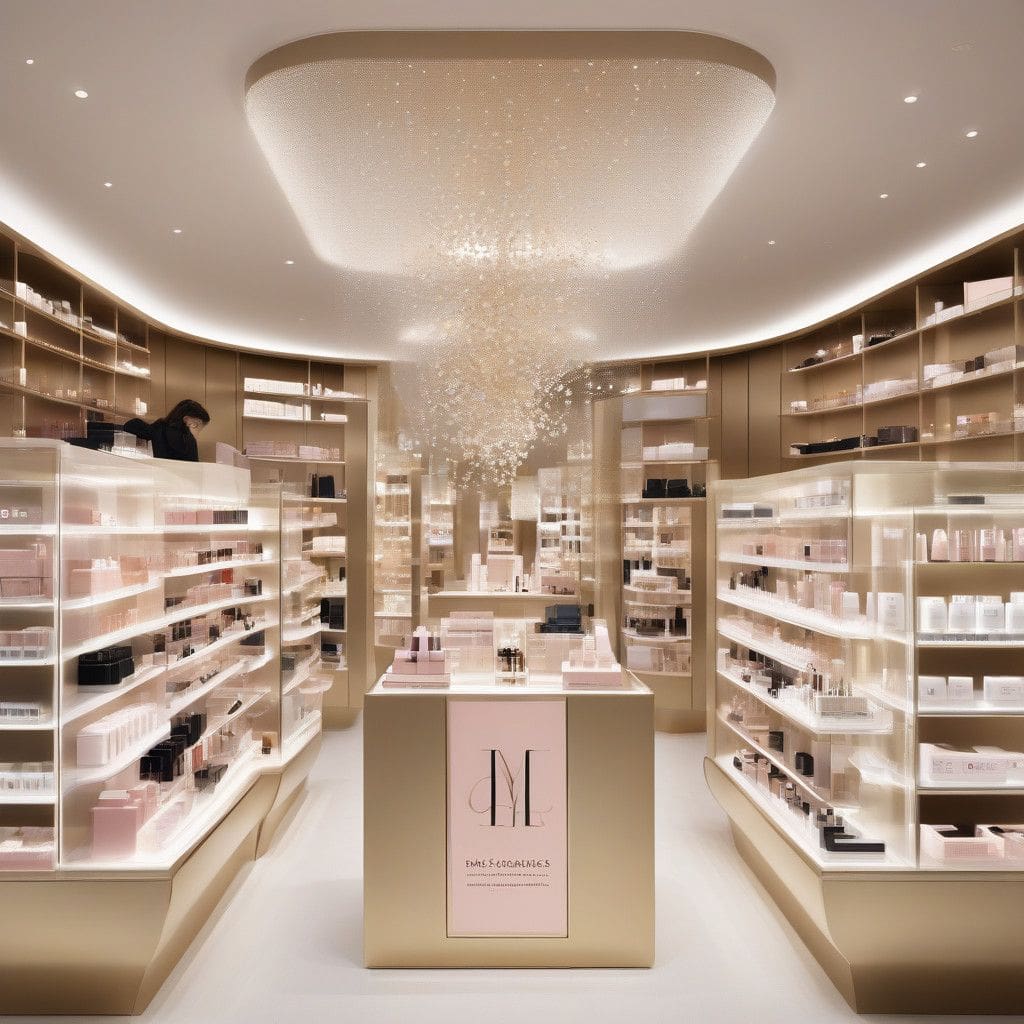In the competitive landscape of the beauty industry, premium brands are increasingly looking beyond traditional retail outlets like Sephora and Ulta Beauty. This shift in strategy is largely due to the aggressive expansion efforts of mass retailers such as Target and Walmart. These retailers have made substantial investments in their beauty sections, transforming their stores into destinations for indie and high-end brands alike, and creating a compelling case for premium brands to partner with them.
For instance, Naturium, a premium skincare brand known for its cutting-edge formulations, initially targeted mass retail rather than specialty stores. Co-founder Susan Yara emphasized, “We built the brand knowing we wanted to be a Target brand, whether they had accepted us or not.” After launching in 2021, Naturium rapidly scaled its presence, making products available in over 1,800 Target locations. This move illustrates how big box retailers have become attractive partners for brands aiming for quick expansion and broad consumer reach.
Target’s beauty department has doubled its offerings since 2019. Notable additions include high-profile launches like Blake Lively’s hair care line and innovative products such as L’Oréal’s Colorsonic, a new hair color tool. Target’s collaboration with Ulta Beauty has further elevated its profile, introducing over 70 prestigious brands, including Rihanna’s iconic Fenty Beauty. Walmart has mirrored this strategy, launching a dedicated premium beauty section in 2022, and aligning with niche retailer Space NK to introduce its Beautyspacenk concept in more than 250 stores.
The success of these initiatives is evident in the increasing caliber of brands opting for wholesale partnerships with mass retailers. British skincare brand Byoma made its U.S. debut at Target, while tween-friendly line Bubble aligned itself with Walmart. Moreover, trendy acne care brand Starface has thrived within both chains.
The growing influx of higher-income shoppers at these retailers signals a significant change in consumer behavior. According to Walmart CEO Douglas McMillon, premium products are capturing attention and sales across various income levels. “Our future looks like it’s got a spread across income levels that’s different from our past because of convenience,” he stated in an analyst call.
Despite the allure of selling in specialty stores like Sephora, mass retailers offer distinct advantages. With about 1,500 Target stores compared to roughly 500 Sephoras nationwide, premium brands benefit from the broader visibility and reach of big box retailers. Their larger spaces often translate to more shelf space, allowing brands to showcase their products effectively. This shift not only helps brands maintain visibility but also targets a consumer base that values both quality and accessibility.
Mass retailers have capitalized on the struggles of traditional drugstore chains, which have experienced declining sales due to inadequate customer experiences. This trend is echoed in L’Oréal’s recent disclosures regarding the detrimental impact of drugstore performance on brands like Cerave and Vichy. As consumers increasingly turn away from drugstores, big box retailers capture market share by providing an enhanced shopping experience.
However, partnering with mass retailers poses its challenges. The significant size of stores, such as Walmart’s typical 182,000-square-foot layout, can be intimidating for new brands. The risk of getting lost among countless products necessitates a strategic focus on product packaging, placement, and marketing. Naturium, for example, consciously opted for vibrant and distinctive packaging to stand out in a competitive retail landscape.
Scaling a brand to fit into the high-traffic environment of mass retailers requires not just marketing finesse but operational readiness. Brands may have to navigate complex financial arrangements, including slotting fees just to secure shelf space and chargebacks associated with larger minimum order quantities. Sarah Moret, founder of premium deodorant brand Curie, noted the logistical hurdles of meeting Walmart’s ordering requirements, describing them as “near impossible” for a bootstrapped company. Consequently, her focus has shifted toward product innovation to bolster growth within Walmart.
Yet, the pattern is clear: mass retailers are changing the rules of the game for premium beauty brands. The old notions of exclusivity tied to department stores are losing relevance as convenience and accessibility take precedence. With nearly 90% of the U.S. population living within a short drive of a Walmart, the sheer scale these stores provide is too compelling for many brands to ignore.
Target and Walmart are rapidly transforming their beauty sections to compete with specialty stores more effectively. Enhanced displays, interactive merchandising, and inviting product layouts help create an experience that resonates with consumers looking for premium products in familiar surroundings.
In a marketplace where brand visibility and accessibility are fundamental for growth, big box retailers are emerging as viable partners for premium beauty brands. For those willing and able to adapt to the unique demands of mass retail, the potential for increased sales and consumer engagement offers a significant opportunity. In the end, as these brands navigate the complexities of scaling, the potential rewards of aligning with mass retailers make it an attractive direction for many in the beauty industry.











